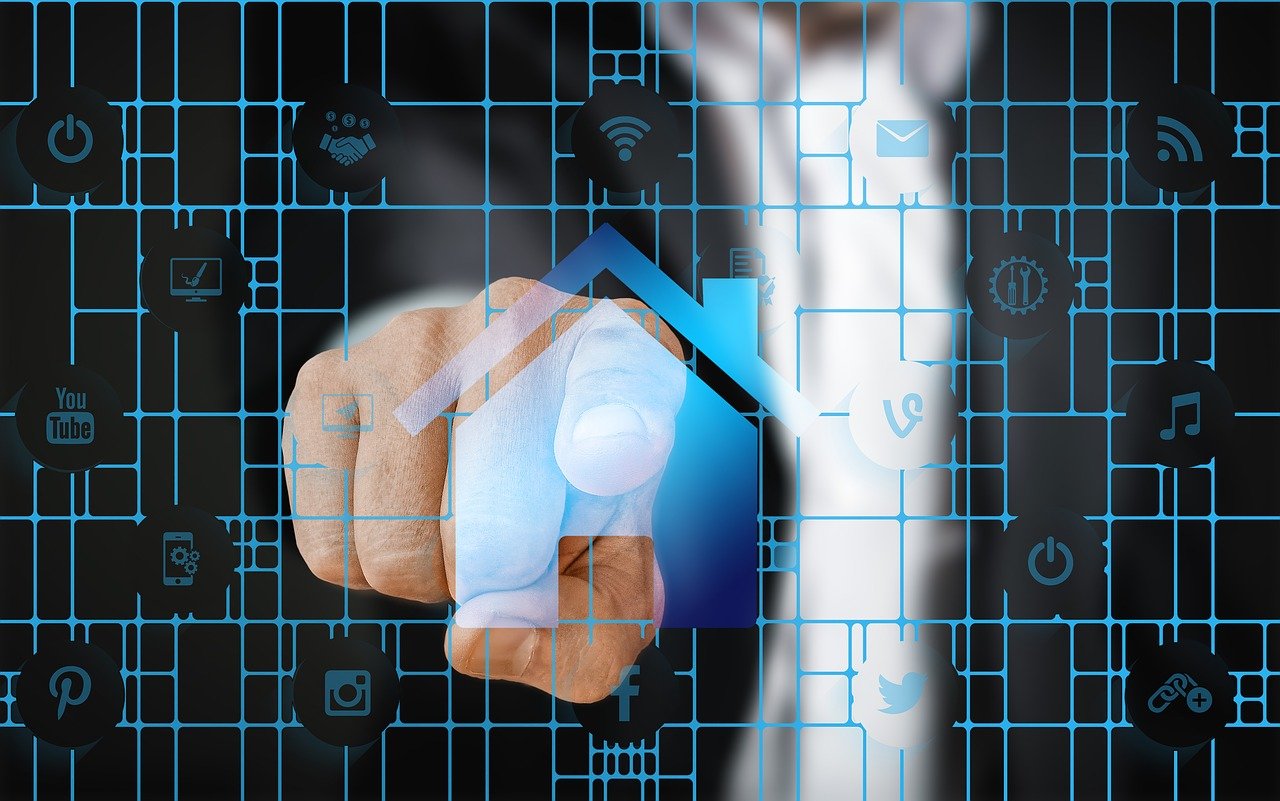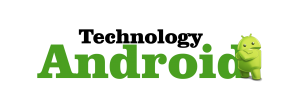
Ethics for a Connected World: The Dark Side of IoT platform
The internet of things (IoT) has transformed the way we live and work, offering new opportunities for innovation and efficiency. IoT solutions have become an integral part of our daily lives, from smart homes and wearables to connected cars and medical devices. While IoT platforms offer a range of benefits, there are also ethical concerns surrounding the use of these devices. As the number of IoT devices continues to grow, it is critical to address these ethical concerns and ensure that these technologies are developed and used in an ethical manner.
The Dark Side of IoT Platform
IoT platforms have the potential to collect vast amounts of data from users, and this data can be used for a variety of purposes. However, concerns exist about collecting, storing, and using this data. One of the primary concerns is privacy, as IoT devices can potentially track and monitor users’ behavior and activities. This data can be used for targeted advertising or sold to third parties, without the user’s knowledge or consent.
Another concern is data security, as IoT devices are often connected to the internet and can be vulnerable to hacking and data breaches. This can expose sensitive personal and financial information, putting users at risk of identity theft and fraud. IoT devices can also be used for surveillance purposes, as they can record audio and video and track location data.
Finally, there are concerns about the lack of transparency and accountability in IoT platforms. Users may not know how their data is being used or who has access to it, and there may be no clear mechanism for holding companies accountable for unethical practices.
Ethical Considerations for IoT Solutions
Given these concerns, it is critical to consider ethical considerations when designing and implementing IoT solutions. This includes the ethical design of IoT devices, ensuring transparency and accountability, and using data in an ethical manner.
Ethical design involves designing IoT devices with privacy and security in mind. This includes implementing security features such as encryption and authentication and ensuring that devices are designed to protect user privacy. It also involves considering the potential impact of IoT devices on society and the environment, and designing sustainable and ethical devices.
Transparency and accountability are also essential when it comes to IoT solutions. This includes providing clear information about how data is collected and used and providing users with control over their data. Additionally, companies must be accountable for any unethical practices, and there must be clear mechanisms for holding them accountable.
Finally, using data in an ethical manner is essential. This involves ensuring that data is collected with user consent and used only for the purposes for which it was collected. Companies must also ensure that they are not using data in ways that could harm users or violate their rights.
Challenges in Ensuring Ethical IoT Solutions
There are several challenges in ensuring that IoT solutions are designed and used in an ethical manner. One of the primary challenges is the interdisciplinary nature of IoT development. IoT solutions involve various stakeholders, including designers, engineers, and business leaders, each with their own priorities and goals. Ensuring that all of these stakeholders prioritize ethical considerations can be difficult.
Another challenge is the need for user input. As IoT solutions become increasingly complex, it can be challenging to ensure that users understand how their data is used and can make informed decisions about how it is collected and used.
Addressing Ethical Concerns in IoT Platforms
Despite these challenges, there are strategies for addressing ethical concerns in IoT platforms. One approach is to prioritize building trust and transparency. This includes providing clear and concise information about how data is collected and used and ensuring that users have control over their data. Companies must also be transparent about any potential risks or negative consequences of IoT solutions.
Implementing security measures is also critical in ensuring the ethical use of IoT solutions. This includes using encryption and authentication to protect data and ensuring that devices are designed with security in mind. Regular security audits also help ensure that devices and platforms remain secure over time.
Finally, ensuring privacy and data protection is essential. This includes giving users control over their data, including the ability to opt-out of data collection and use. Companies must also ensure that they are using data in an ethical manner and not using data in ways that could harm users or violate their rights.
Conclusion
As the use of IoT solutions continues to grow, it is critical to prioritize ethical considerations in their design and use. This includes ensuring that devices are designed with privacy and security in mind, providing transparency and accountability, and using data in an ethical manner. While there are challenges in ensuring that IoT solutions are used ethically, there are strategies for addressing these concerns, including building trust and transparency, implementing security measures, and ensuring privacy and data protection.
FAQs
Q: What are some examples of ethical issues in IoT platforms?
Some examples of ethical issues in IoT platforms include privacy concerns, data security, potential for surveillance and data breaches, and lack of transparency and accountability.
Q: How can companies ensure that their IoT solutions are designed and used in an ethical manner?
Companies can ensure that their IoT solutions are designed and used ethically by prioritizing ethical considerations in their design, ensuring transparency and accountability, and using data ethically.
Q: How can users protect themselves from the potential negative consequences of IoT platforms?
Users can protect themselves from the potential negative consequences of IoT platforms by being aware of how their data is being collected and used, and by taking steps to protect their privacy and security. This includes using strong passwords, being cautious about sharing personal information, and using security tools such as antivirus software and firewalls.



